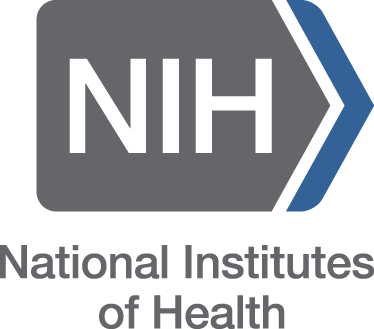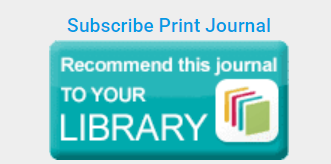The Role of Phytochemicals in Combating Antimicrobial Resistance
DOI:
https://doi.org/10.63001/tbs.2025.v20.i02.S2.pp548-555Keywords:
Phytochemicals, Antimicrobial resistance, Natural compounds, Biofilm inhibition, Efflux pumps, Synergistic therapyAbstract
Antimicrobial resistance (AMR) has become a worldwide health danger because it makes many typical antibiotics less effective. The public health emergency stemming from resistant pathogens requires new and additional approaches for treatment. Plants produce bioactive compounds known as phytochemicals that show great potential against microorganisms because of their multiple chemical arrangements along with broad antimicrobial effect. Phytochemicals demonstrate resistance-blocking behaviours through their ability to damage microbial membranes as well as their effectiveness against biofilm development and their control of efflux pumps and their capacity to boost standard antibiotic effects. This examination details the primary groups of phytochemical substances showing antimicrobial potential namely alkaloids and flavonoids and terpenoids and phenolics and tannins while discussing their methods of combating multidrug-resistant organisms. The review explores preclinical and clinical evaluation findings that demonstrate phytochemical effectiveness as well as the use of phytochemical combinations in therapy and technical obstacles in their drug advancement. Learning how phytochemicals interact with resistant microbes will enable the development of plant-derived solutions to combat antimicrobial resistance in medical practice.






























